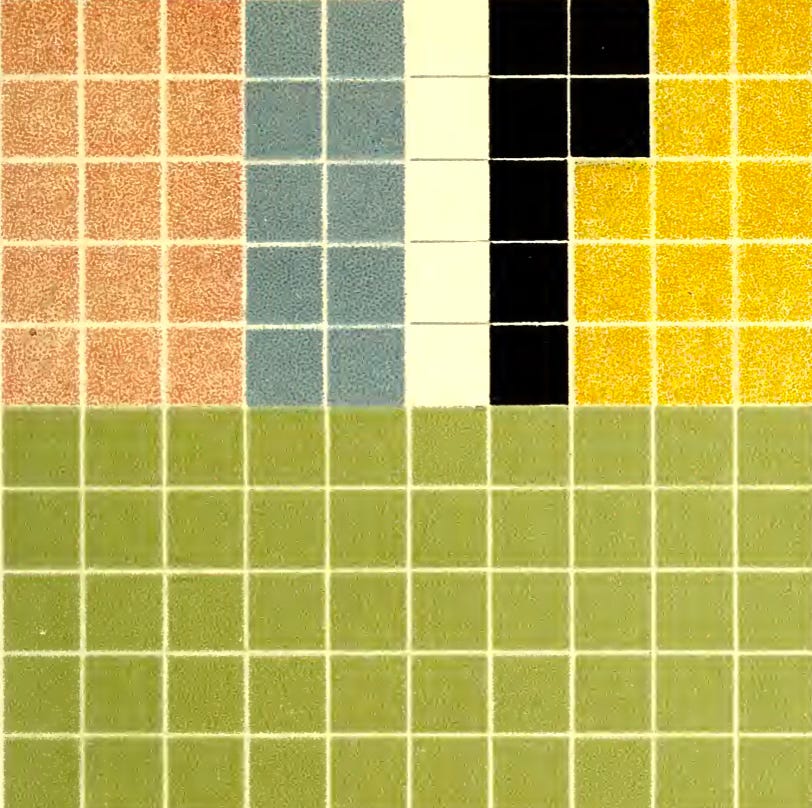
Dear Friends,
One of my exes, whenever she felt panic or despair, would go out walking and name every color she saw. I’ve turned to her practice myself in difficult moments.There’s something about color which always brings me closer to life.
Another way to attune yourself is “walking on colors,” a psychogeographic practice inspired by William Burroughs and Brion Gysin. Choose a color and make it your quest — follow wherever it leads you, and let it light up your attention in a new way.
— Sal
William Burroughs on Color Walks
Another exercise that is very effective is walking on colors. Pick out all the reds on a street, focusing only on red objects–brick, lights, sweaters, signs. Shift to green, blue, orange, yellow. Notice how the colors begin to stand out more sharply of their own accord.
[From “Ten Years and a Billion Dollars” William S. Burroughs in The Adding Machine: Selected Essays]
For example, I was taking a color walk around Paris the other day…doing something I picked up from your pictures in which the colors shoot out all through the canvas like they do in the street. I was walking town the boulevard when I suddenly felt this cool wind on a warm day and when I looked out all through the canvas like they do in the street. I was walking down the boulevard when I looked out I was seeing all the blues in the street in front of me, blue on a foulard…blue on a young workman’s ass…his blue jeans…a girl’s blue sweater…blue neon…the sky…all the blues. When I looked again I saw nothing but all the reds of traffic lights…car lights…a café sign…a man’s nose.
[from an interview with William Burroughs by Brion Gysin in 1960]
Michael Taussig on Burroughs’ color walks:
[…]In his homage to Gysin, Burroughs invokes the idea of going on “color walks”—which are a good deal more than color-coded walkways through Tangier or New York or Paris: red on Wednesdays, blue on Fridays, or whatever. A delightful idea, to be sure. But that is only the beginning because the idea here is that the very notion of a code is to be cut out, meaning that color is invoked so as to loosen the restraint of coding and that there is something about color that facilitates this, as if colors love to betray themselves like yellow means gold, awesome and holy, but also treason and cowardice.[…]
Could we not say, therefore, that with the color walk we are alerted to the singular and beautiful fact that color itself walks?
[from Michael Taussig, What Color is the Sacred]
Color Walking in New York
Exercise: Walking on Color
Outside
A city is classic, but you can also walk on colors through the natural world, or even through a large building like an airport.
Wherever you are walking, choose a color and make it your quest. Walk for at least twenty minutes (some say an hour) following the vibration of that color wherever it leads you. You can also let one color hand you to another, and another, and another.
Gallery or Museum
Find a work of art and let yourself enter it as if a city. Walk the work’s streets and follow its colors. Let colors guide you through a wandering exploration of the work. Let the colors lead you into every neighborhood, every corner.
Note-taking
When you’re done with either exercise, take a few minutes to note down what you’ve experienced. This can be in the form of a list of what you noticed (be specific!) or let yourself free-associate wildly and wander your own color-memory and color-imagination.
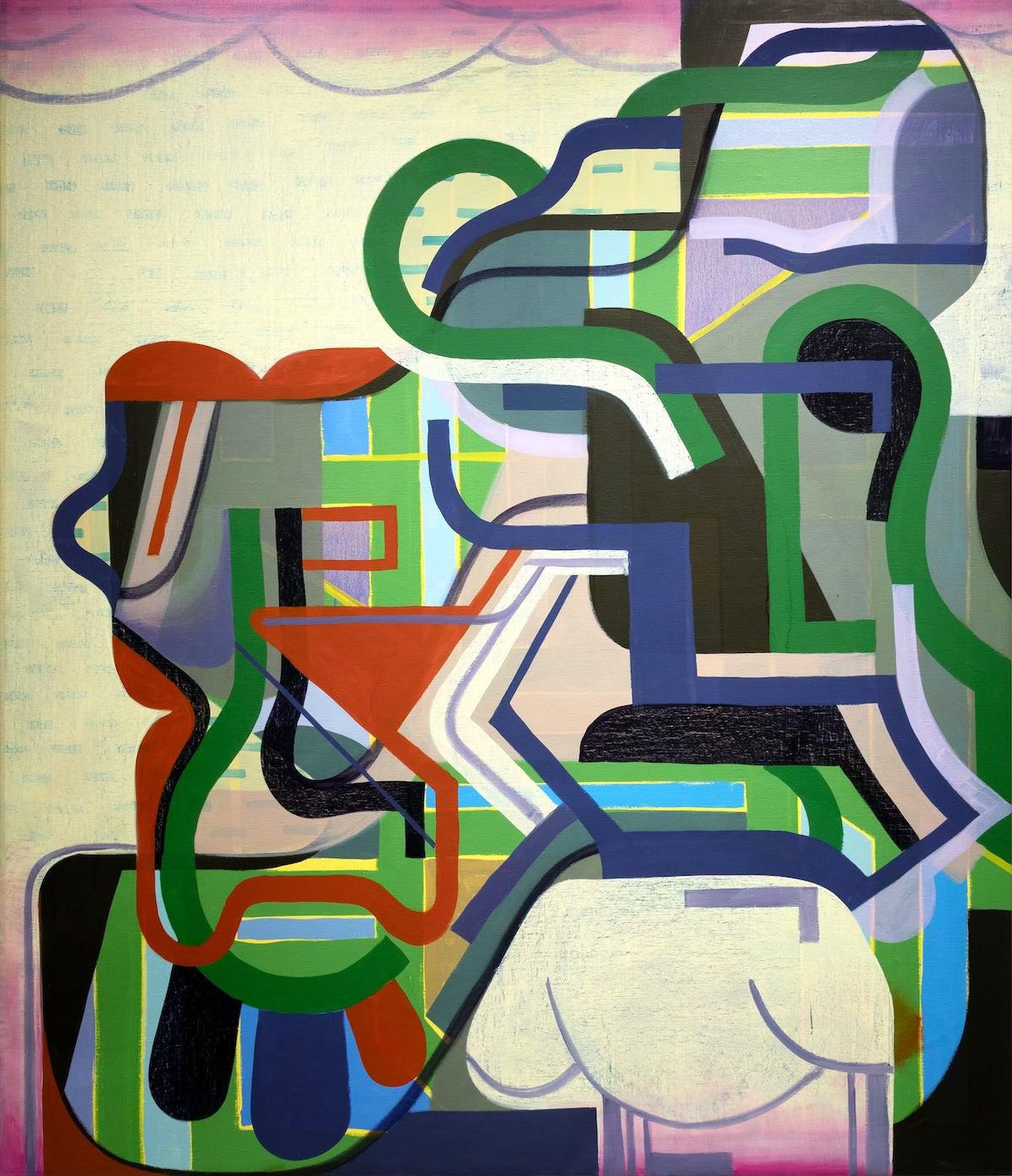
More Color (Blue)
As with all of these “Ways of Seeing,” the initiating impulse is to expand our possibilities for engaging with works of art and deepening attention to everything around us. These exercises are perfect for time spent in museums, galleries, and studios. You can also bring them into the rest of your life and experiment with streets, libraries, parties, landscapes. Try them as writing or art-making prompts.
These practices work best if you give them some time.
As ever, interpret these instructions freely and intuitively. Make them your own.
The title Ways of Seeing is an homage to the continuing inspiration of the BBC TV series and book by John Berger.
Share your results and reflections in the comments. I’d love to hear from you.
Further adventures and new ways of seeing can be found in my book, The Uses of Art.
Artist Sal Randolph’s THE USES OF ART is a memoir of transformative encounters with works of art, inviting readers into new methods of looking that are both liberating and emboldening.
Dazzlingly original, ferociously intelligent.
— Michael Cunningham
A joyful, dazzling treasure-box of a book.
— Bonnie Friedman
Here’s a guide, to waking up, over and over again.
— Roshi Pat Enkyo O’Hara





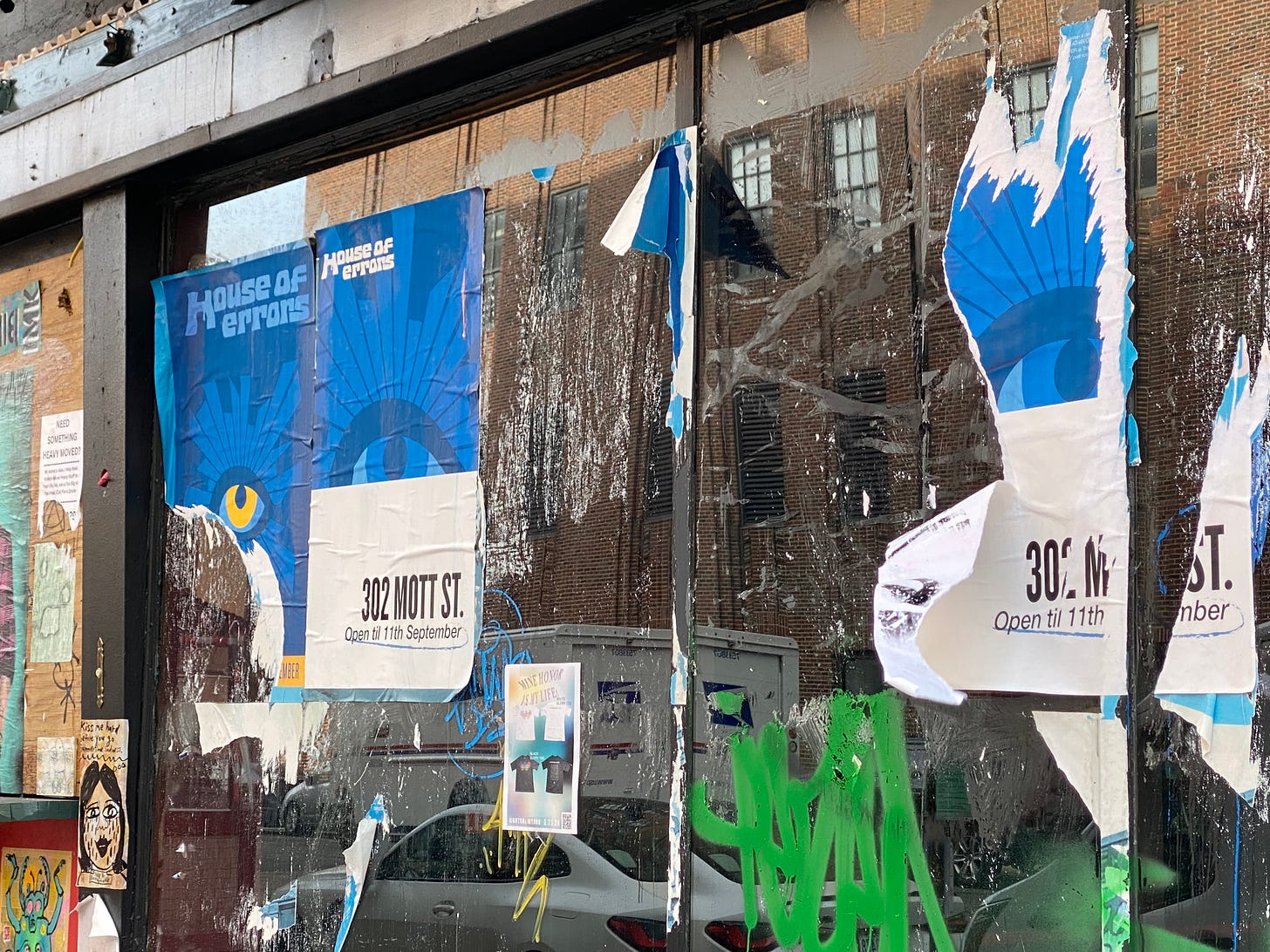
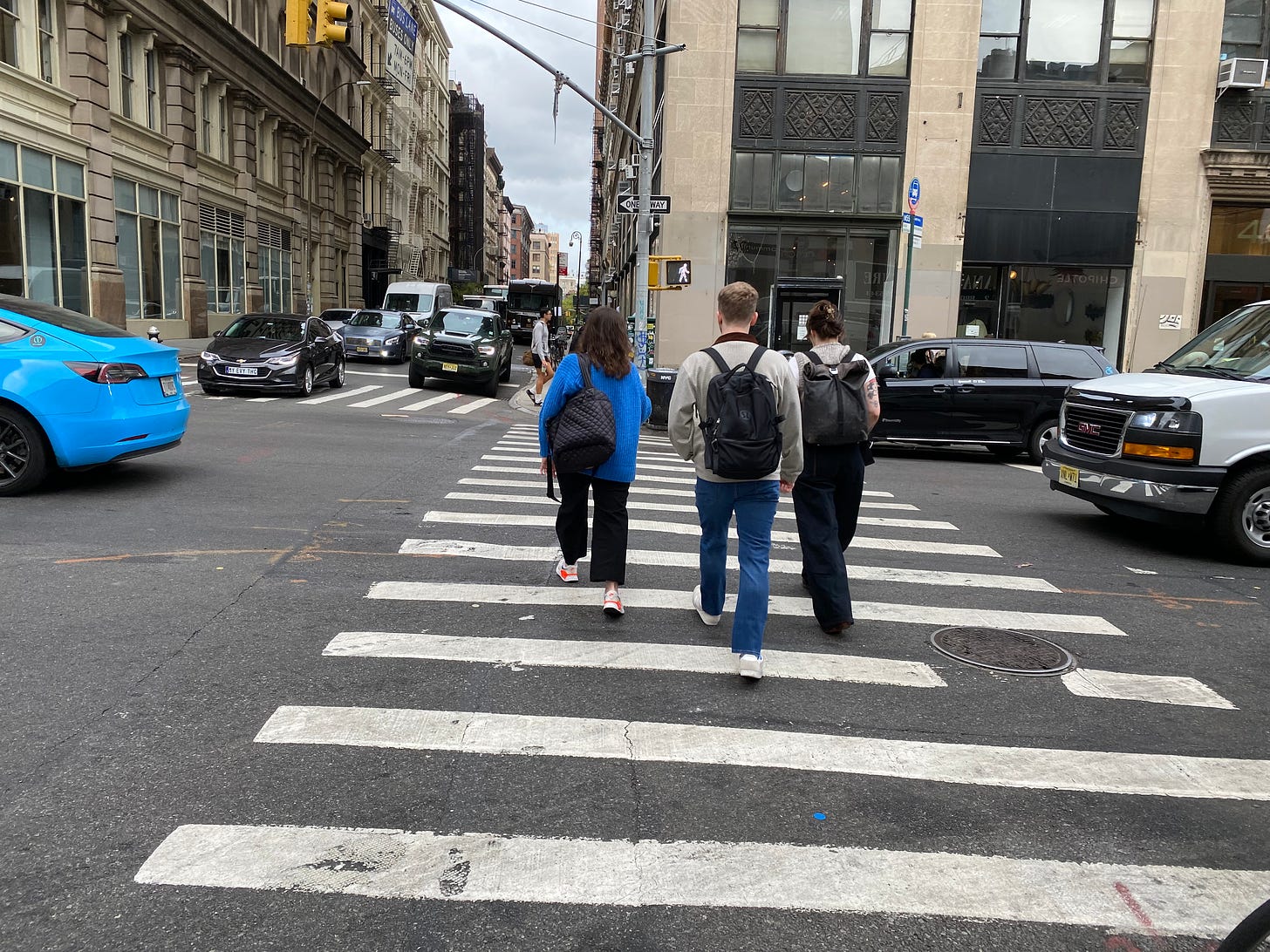
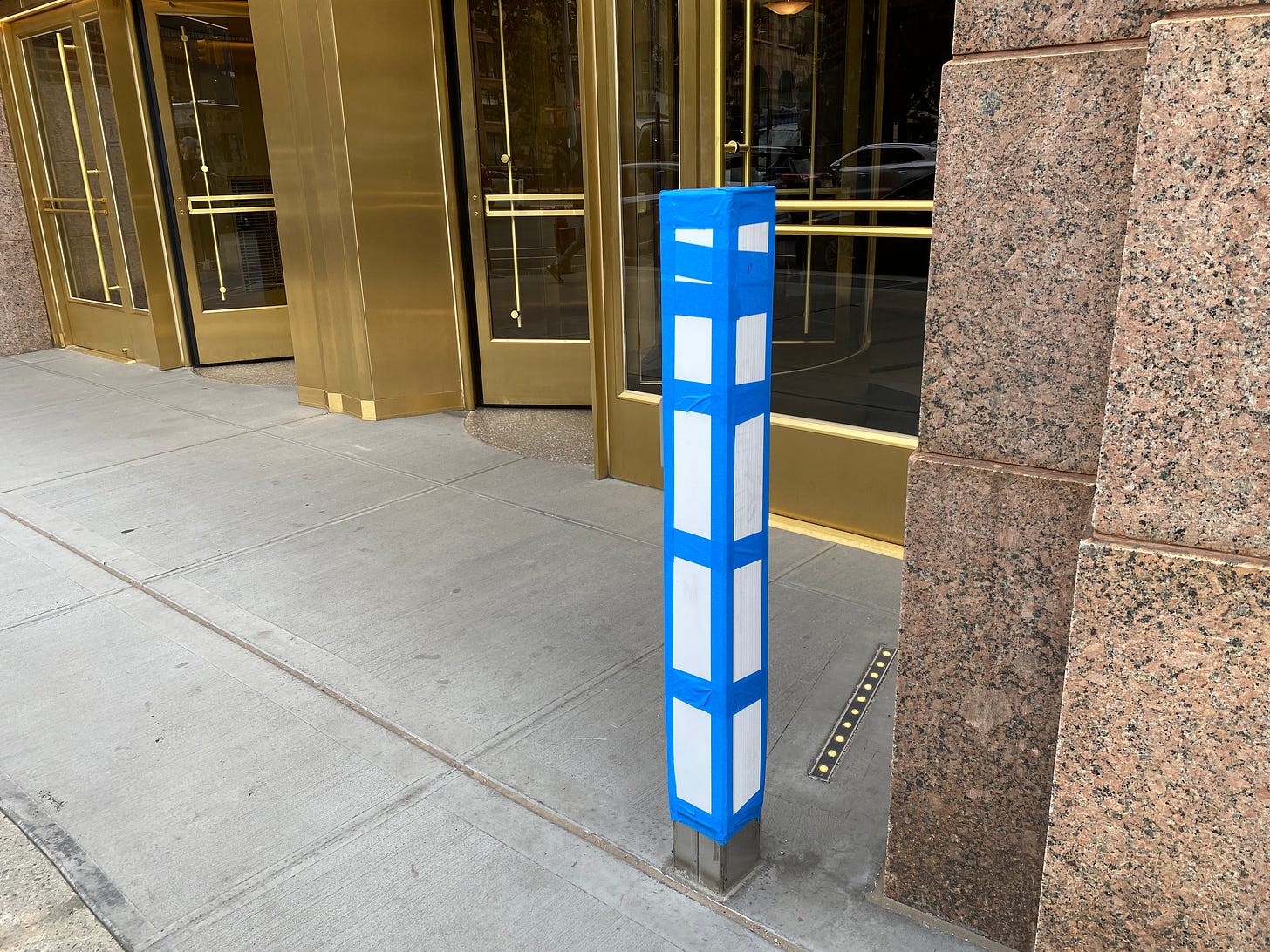
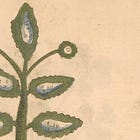
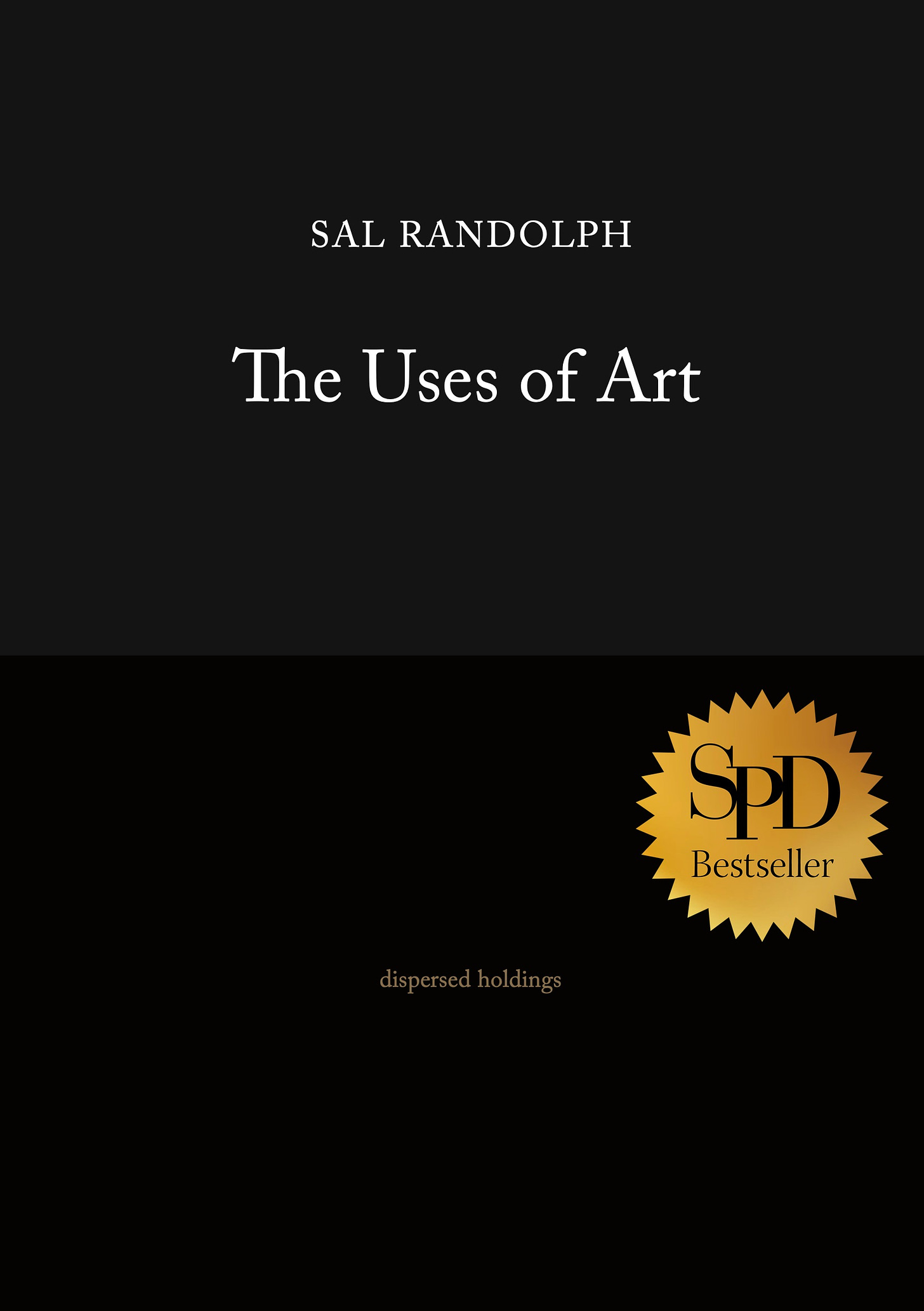
Love this. A while back I was given a tip to do this to help me focus when I’m being very ADHD. I’m glad for the reminder to do it again.
I love this: "The idea here is that the very notion of a code is to be cut out, meaning that color is invoked so as to loosen the restraint of coding." To get beyond the meanings we ascribe to things all day long, which for me begins the moment I wake up, before I even open my eyes, and already hear a voice in my head making judgments about my life, my anticipated day. Thank you for proposing this practice, Sal.